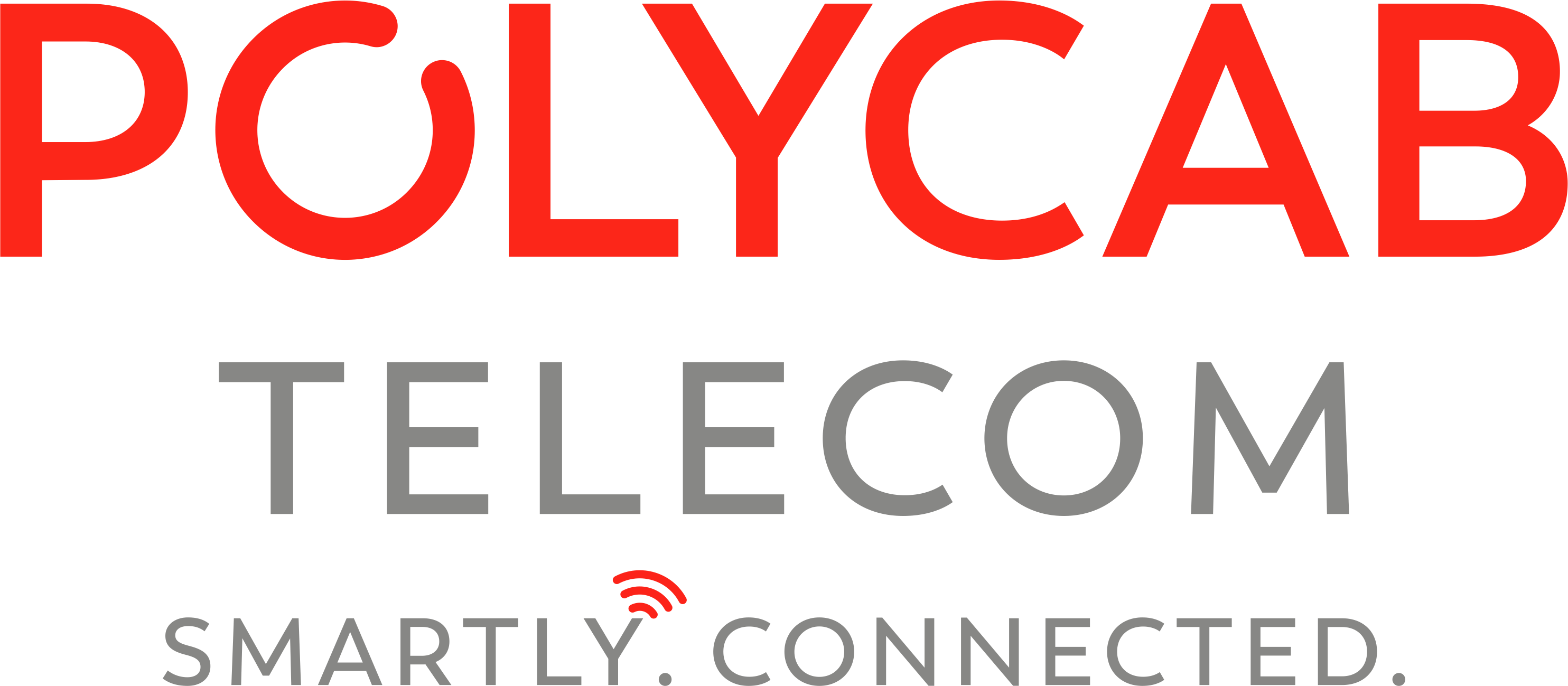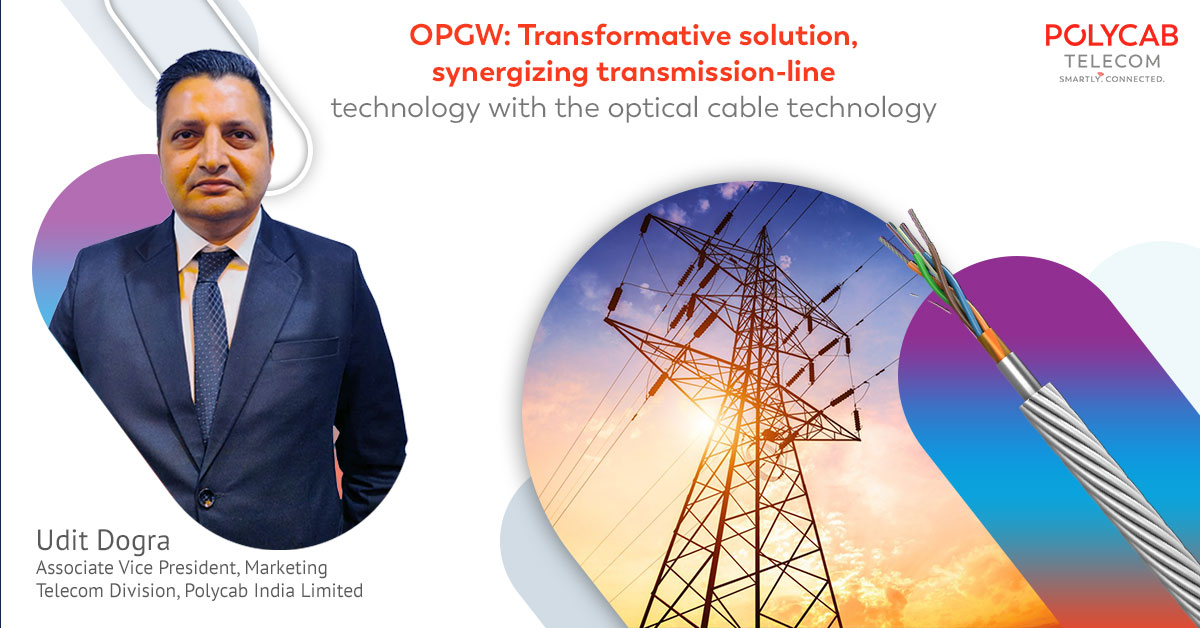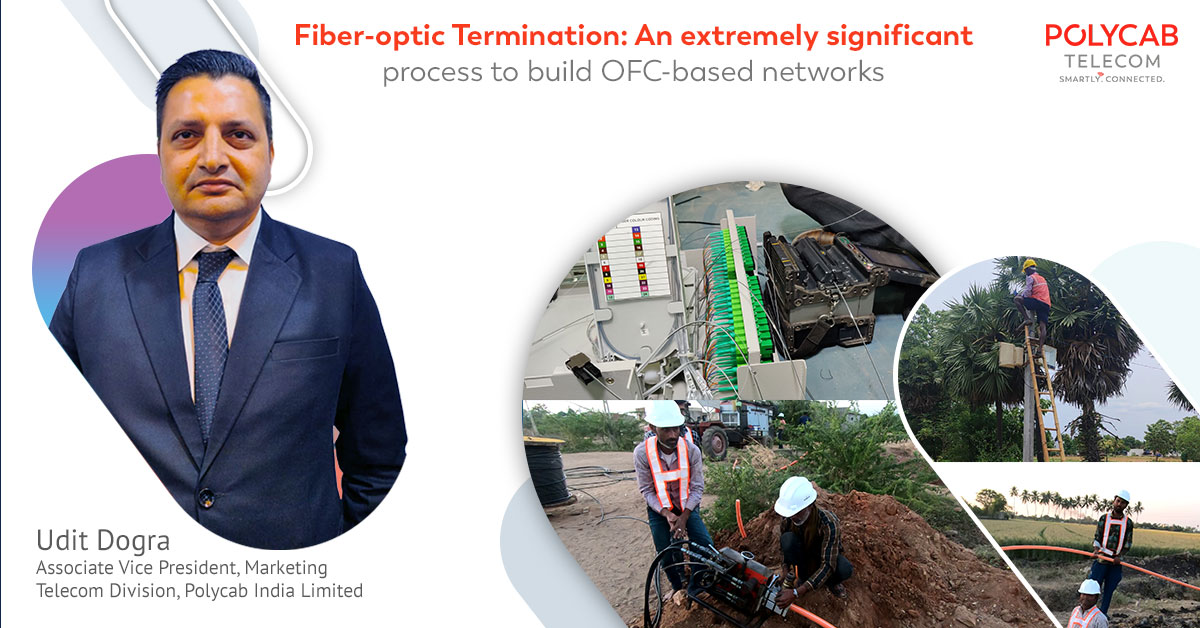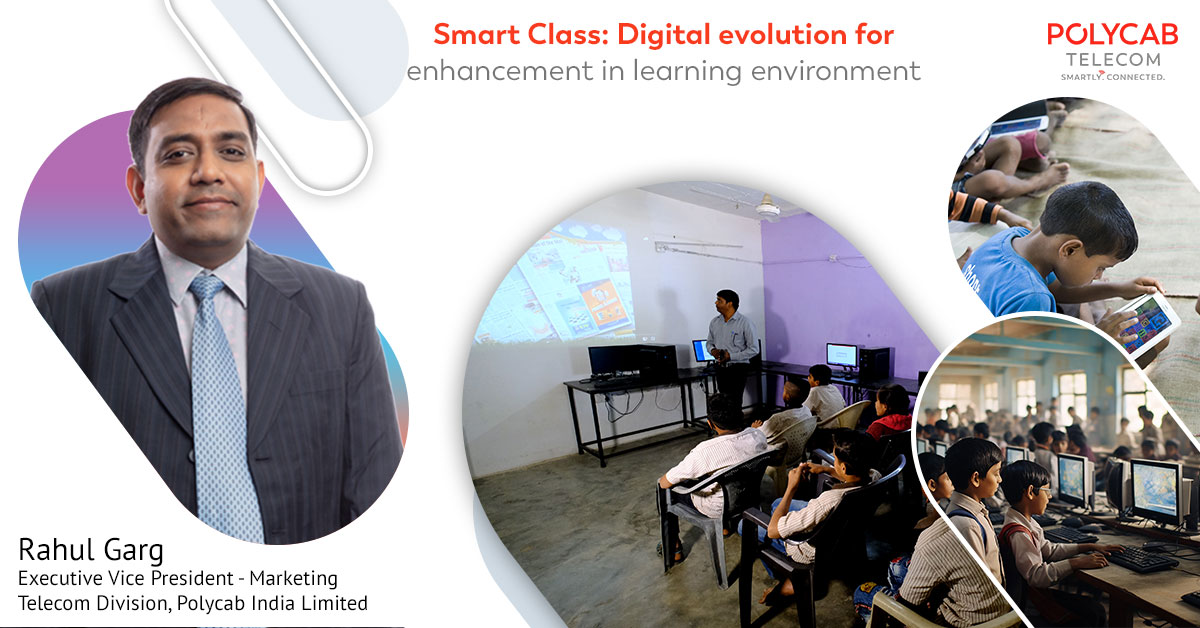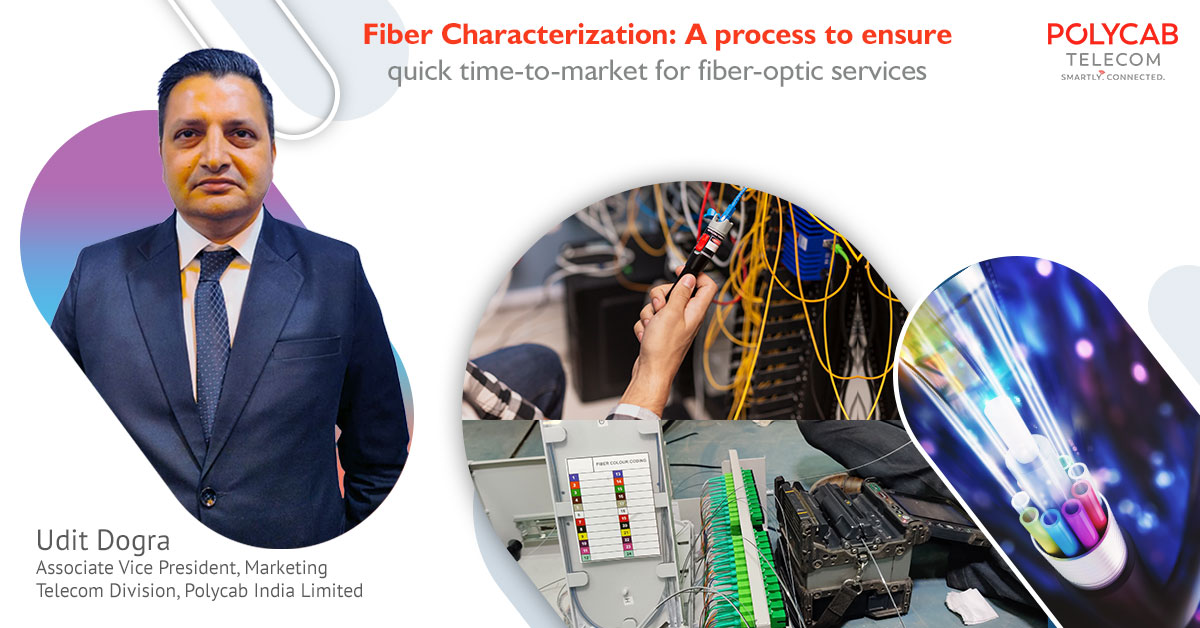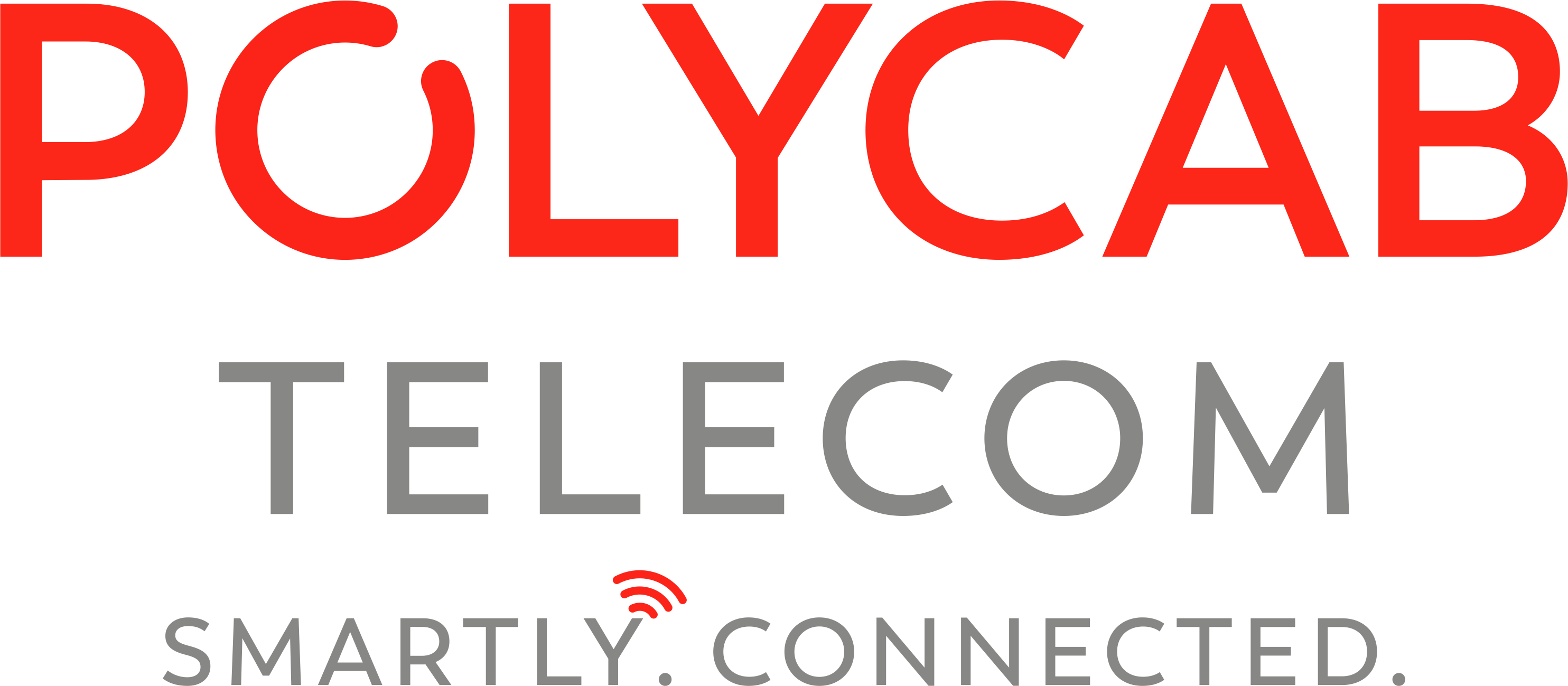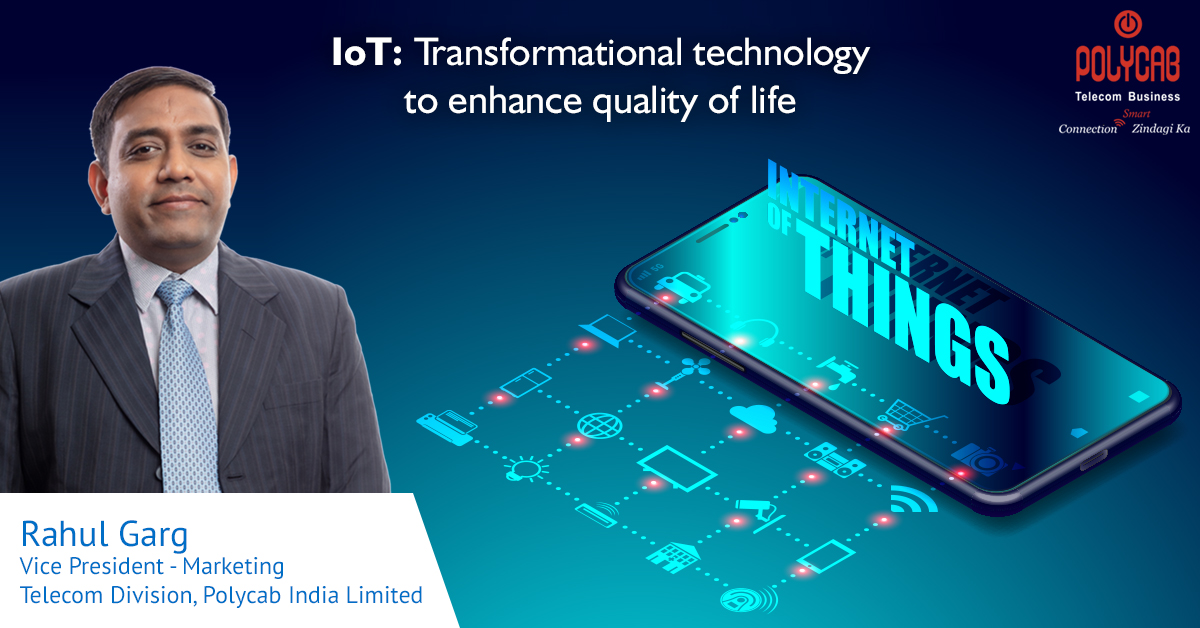Though it is in its nascent stage, yet the Internet of Things (IoT) has stretched internet-connectivity beyond desktops, laptops, smartphones and tablets, to any range of non-internet-enabled physical devices and things from everyday life. People, machines and things can be connected to the internet and to the networks that use internet-technology. Infused with technology, the connected devices and things in an IoT-infrastructure can be made to communicate and interact over the internet with one another. Remote monitoring and control of devices, machines and things in real-time manner have brought in a paradigm-shift in how we live, work, travel and do business. IoT has enabled us to accelerate towards a completely connected and smart ecosystem, wherein existing traditional devices have started to function in a smarter way with an apt amalgamation of digital machines, pervasive computing, AI, embedding of devices, various application services and different internet-standards. The transformative impacts are visible across various layers of our societies, including smart cities, manufacturing, energy and utilities, transport and traffic monitoring, logistics and agriculture. Data is being collected from different places and areas and from different types of heterogeneous devices and is being transmitted to the end-users or to the subscribers on demand. As voice, video and data have different specificities and requirements for effective transmission over a network, IoT, as a mechanism, needs unique network-requirements. While this interconnection of various things and objects has been the foundation of a new industrial transformation, Industry 4.0, this has also triggered digital transformation of organizations across the world. IoT as a mega tech-evolution is transforming every facet of life with the core of connectivity.
Aligned with the vision to provide Smart Connections in every facet of life, Polycab Telecom optimizes and uses IoT-functionalities and implements integrated technology-solutions to enhance public services, reduce costs and improve the quality of life for people, at large.
